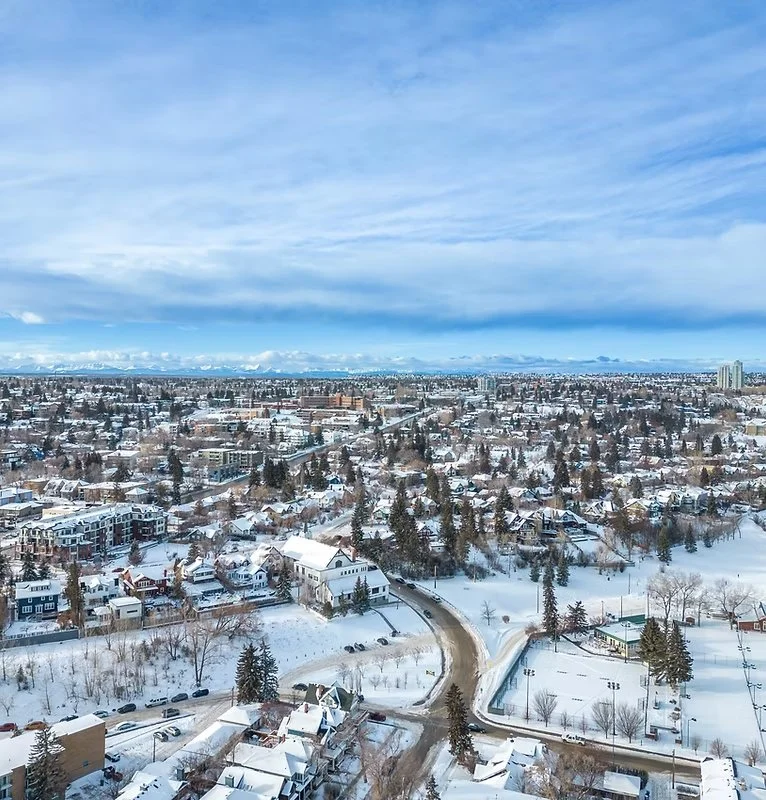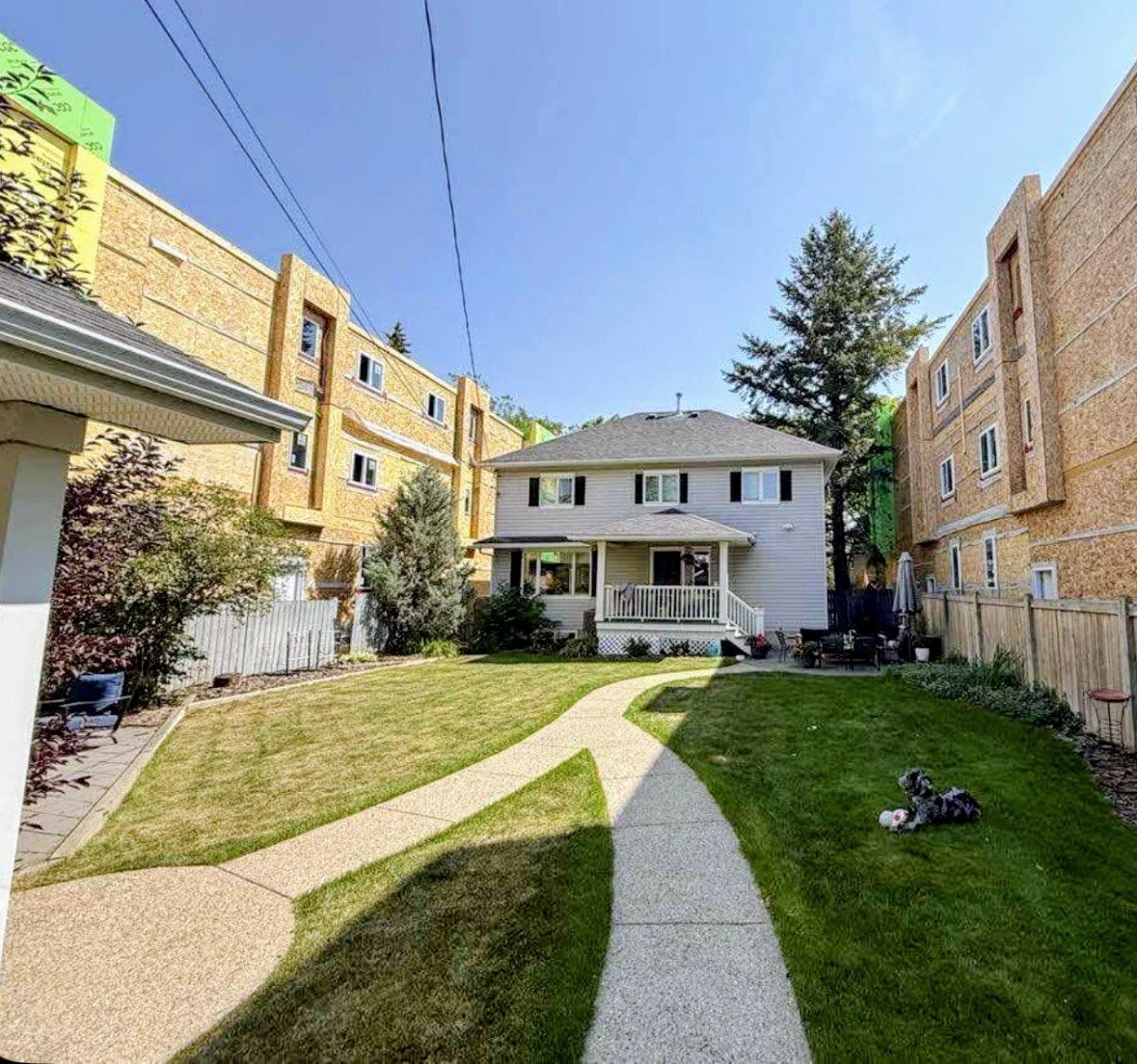
What is Blanket Upzoning
A blanketed approach that uses a broad brush stroke to upzone existing communities.
In April 2024, Calgary City Council passed a blanket upzoning bylaw that allows fourplexes and rowhouses to be built on all residential lots — without requiring individual hearings, community consultation, or parcel-specific review. Although the majority of speakers at the public hearing and those filing written submissions opposed the bylaw, City Council approved the measure by an 8-6 vote.
R-CG (Residential-Grade Oriented Infill) became the citywide residential zone for established communities, replacing R-1 and R-2 zoning which was more contextually sensitive
R-G is the standard low density residential zone in new developing areas
The H-GO district (Housing-Grade Oriented) was expended in areas identified as Neighbourhood Corridors in approved Local Area Plans (see images below)
Issues
-
Lack of Specificity
Blanket upzoning does not take into account the unique characteristics and needs of individual neighbourhoods or areas within the city. This can lead to inappropriate land use changes that do not align with the existing community context.

-
Infrastructure Strain
Rapid development resulting from blanket rezoning can put strain on existing infrastructure such as roads, schools, and utilities. Without adequate planning and investment, this can lead to congestion, overcrowding, and service deficiencies.

-
Loss of Community Character
Rezoning without consideration for neighbourhood character and heritage can result in the loss of unique architectural features that forever alters the streetscape and identity of the area. Consequentially losing heritage homes.

-
Affordability Challenges
Upzoning incentivizes the purchase of lower to mid-priced houses by developers, pushing renters out of their homes and out-competing families looking for starter homes.

-
Lack of Public Participation
Blanket upzoning removes opportunities for meaningful public participation and input in the decision-making process. Developments are rubber-stamped regardless of concerns.

-
Long-Term Sustainability
Without comprehensive planning and consideration of long-term impacts, blanket upzoning undermines the city's overall sustainability and resilience of our city.

Edmonton, Alberta
Myths
-
“This bylaw will make housing more affordable.”
There’s no evidence that supports blanket upzoning lowers housing prices. In fact, similar policies in other cities have driven up land values—leading to more luxury builds, not affordable homes.
-
“Neighbourhood input stops progress.”
Community consultation doesn’t mean “no,” it means better. Inclusive planning leads to smarter development, healthier neighbourhoods, and fewer legal battles down the road.
-
“This will improve sustainability”
The vast majority of buildings under the new bylaw are built to minimum standards and are environmentally unstainable. Sustainable growth also requires infrastructure, not just increased density.
-
“Older communities are just resistant to change.”
Calgarians aren’t against growth—they want it to be done with care. Residents are asking for reasonable density, services that keep up, and decisions made with the people, not to them.

